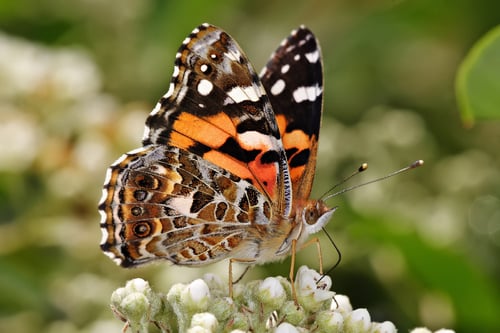Every good teacher knows that is in retelling of the concepts that reinforcement of learning occurs. Retelling allows the learner to rethink and synthesize the concepts they are talking about. It also allows the auditory learner an opportunity to hear the content and thereby reinforce it. In short, retelling is critical to building comprehension in any subject area.
Building retelling into a lesson by having a student talk about what they have done and discovered also provides a wonderful opportunity for formative assessment. It allows the teacher to hear what the student truly understands, pick up any misconceptions that the student may have and recognize any gaps in the students’ learning. Skilful questioning will aid the learner in organizing their facts into the correct order and allow for clarification of concepts.
This semester I have stepped this “retelling technique” up a notch by having a colleague from across the province, who is also a science teacher, Skype into the classroom. Prior to each Skype call, my colleague and I discuss what we are currently up to in my science room so he is aware of what to expect of the conversation and can therefore provide appropriate prompts for the learner.
At regular intervals, my colleague from Smarter Science has Skyped into my classroom. Because he is a teacher himself he knows how to speak to the students in a respectful and appropriate manner. He is skilled at using higher order questioning to draw answers out of the students. When he hears a misconception he gently corrects it with an age appropriate example. The students look forward to his calls. On days that I announce that we will be getting a Skype call in class there is great anticipation. The students determine whose turn it is to talk first. They get their projects ready to show our Skype caller. When the now familiar “Blip-blip-blip” of an incoming Skype call comes in they cheer! Eureka! Another way to engage the 21st century learner!
My experiment with Skype in the classroom has also provided me with another, unexpected, teachable moment in class. The students have questioned me about how I know our Skyper. This provided me with the opportunity to talk about how I met him in person before ever going online with him, how I was sure he was really is who he says he is and how easy it is for people to present themselves as someone other than who they really are online. Online safety can never be stressed too much with our vulnerable youth!
An extension I can see arising from the learning opportunity of Skype in the classroom is to have a pool of retired teachers who would volunteer to engage in these conversations. As teachers they would be comfortable talking with youth, skilled at questioning techniques, and knowledgeable of specific subject areas.
How have you used Skype in your classroom? Leave a comment below or send me a tweet @EurekaTeacher to let me know.








